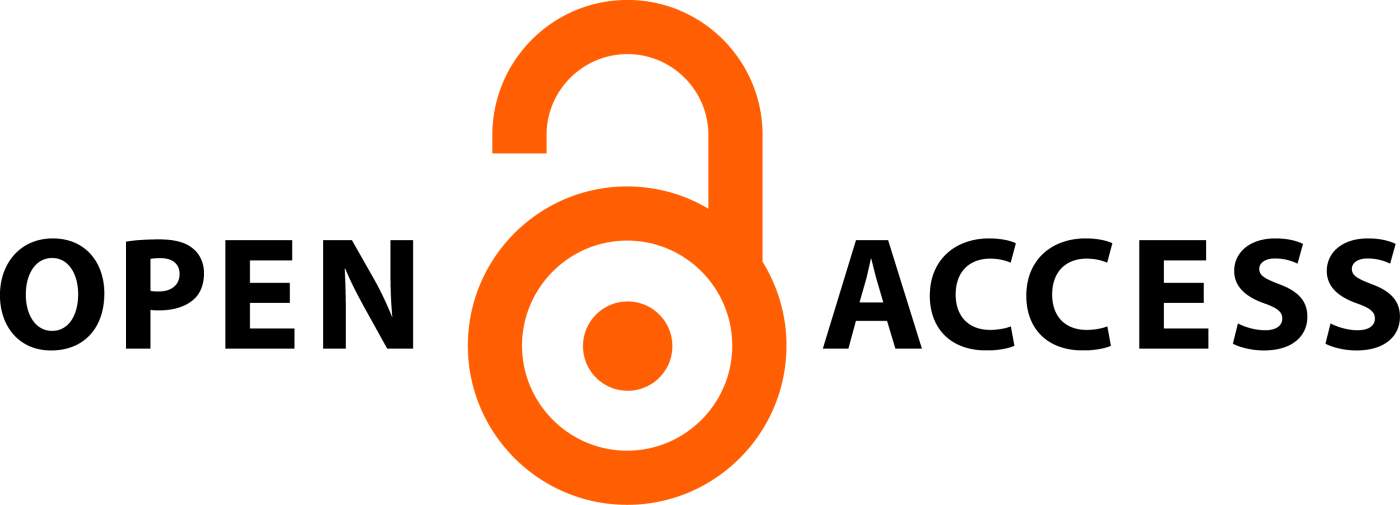ANTHRAQUINONES: A SCAFFOLD HOPE TO NOVEL γ-AMINO BUTYRIC ACID AMINOTRANSFERASE INHIBITORS
Abstract
γ-amino butyric acid aminotransferase (GABA-AT) is a pyridoxal phosphate (PLP) dependent enzyme that catalyses the
degradation of γ-amino butyric acid (GABA). γ-amino butyric acid aminotransferase (GABA-AT) inhibitors are used to treat epilepsy.
Objective: The aim of this study was to search anthraquinone scaffolds as novel GABA-AT inhibitors using virtual screening based approach.
Materials and Methods: AutoDock Tools® 1.4.6 and MGL Tools®
1.5.4 software were used to find out binding score, inhibition constant and
conformational poses of the ligands inside the active site. AutoDock uses interaction maps to generate ensemble of low energy conformations and
AMBER force field to estimate the free energy of binding of a ligand to its target. Result and Discussion: Estimated binding energies of top
scoring molecules (derivatives of the natural product anthraquinone) were found quite low (e-53M) as compared to that of vigabtrin (-5.5
Kcal/mol). Conclusion: These theoretical findings suggesting, the utility of virtual screening as a computational tool as well as significance of
anthraquinone scaffolds as potential GABA-AT in-activators.
Downloads
All the articles published in JAPSR are distributed under a creative commons license (CC BY-NC-SA 4.0)
Under this license, you are free to:
- Share- copy and redistribute the material in any medium or format for any purpose, even commercially.
- Adapt- remix, transform, and build upon the material for any purpose, even commercially.
The licensor cannot revoke these freedoms as long as you follow the license terms.
- Attribution — You must give appropriate credit , provide a link to the license, and indicate if changes were made . You may do so in any reasonable manner, but not in any way that suggests the licensor endorses you or your use.
- NonCommercial — You may not use the material for commercial purposes .
- ShareAlike — If you remix, transform, or build upon the material, you must distribute your contributions under the same license as the original.
- No additional restrictions — You may not apply legal terms or technological measures that legally restrict others from doing anything the license permits.
Copyright policy
The journal allows the author(s) to hold the copyright of their work. That means the authors do not need to transfer the copyright of their work to the journal. However, the authors grant JAPSR a license to publish the article and identify itself as the original publisher.
Licensing policy
The journal allows the author(s) to hold the copyright of their work. That means the authors do not need to transfer the copyright of their work to the journal. However, the authors grant JAPSR a license to publish the article and identify itself as the original publisher.






